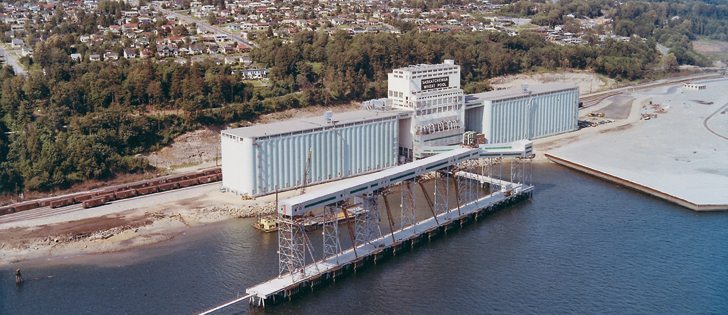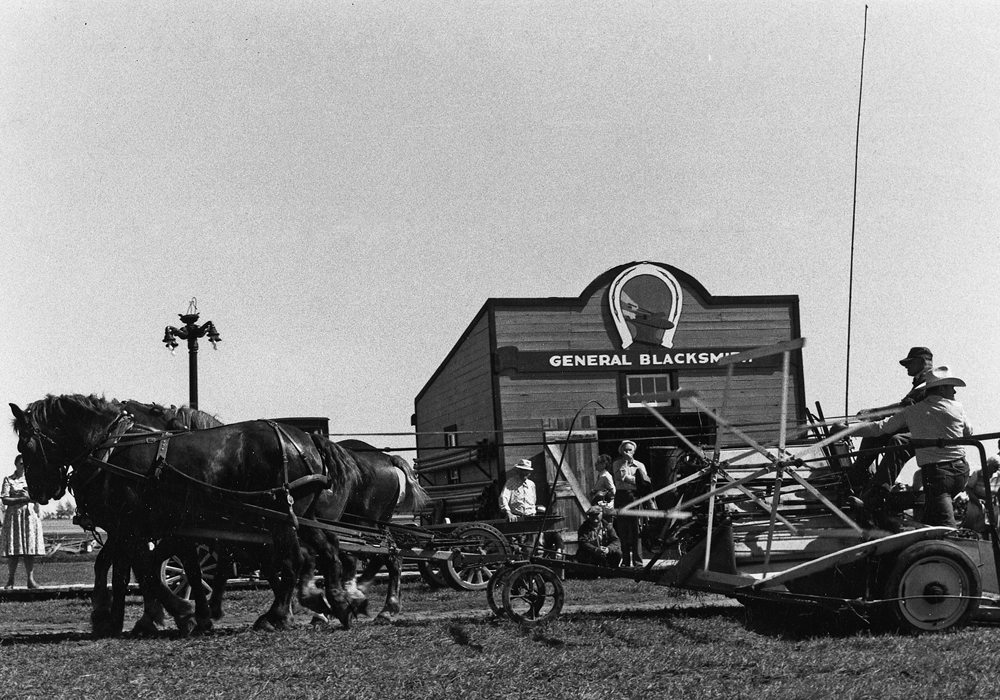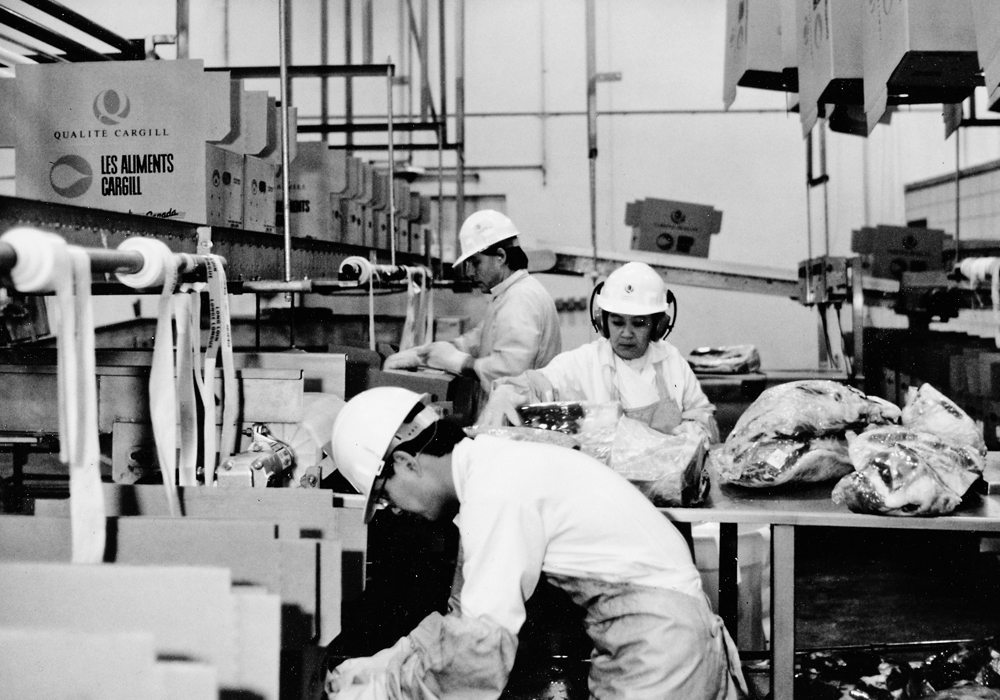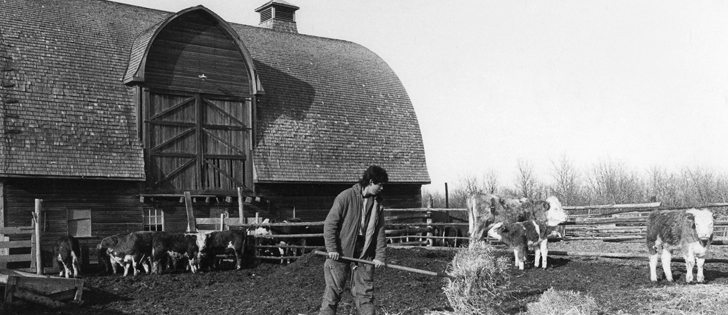The Western Producer takes a weekly look at some of the stories that made headlines in issues of the paper from 75, 50, 25 and 10 years ago.
75 years ago: May 16, 1940
Saskatchewan agriculture minister Gordon Taggart worried that the expansion of the war might reduce demand for western Canadian agricultural products. Germany had just invaded the Netherlands and Belgium, following previous invasions of Norway and Denmark.
As well, Britain was planning to grow an additional two million acres of wheat, which could further reduce Canadian exports. The situation might force a revision of the West’s agricultural economy, he said.
Read Also

Budget seen as fairly solid, but worrying cracks appear
The reaction from the agriculture industry to prime minister Mark Carney’s first budget handed down November 4th has been largely positive.
A University of Saskatchewan study recommended the relatively new and less well known method of shallow tillage to completely eradicate the three most important perennial weeds: perennial sow thistle, Canada thistle and quack grass.
50 years ago: May 13, 1965
Manitoba agriculture minister George Hutton worried that federal proposals to establish a central feed grain agency would undermine the Canadian Wheat Board. However, the provincial legislature eventually voted unanimously to co-operate with Ottawa and the other provinces to develop a policy for the movement of feed grains and livestock.
A new plant that began manufacturing plastic baler twine in Saskatoon was expected to reduce farmers’ dependence on uncertain sources in tropical countries. Poli-Twine Corp. Ltd. was to market its twine under the Black Hornet label.
25 years ago: May 17, 1990
Grain elevators were expected to be congested by July because an 18 percent drop in Canadian Wheat Board initial payments was likely to encourage farmers to empty their bins as they sold as much crop as possible before the price drop.
Federal agriculture minister Don Mazankowski rejected arguments from food processors that their future depended on being able to buy food more cheaply from farmers. Canadian processors were warning that they wouldn’t be able to compete with U.S. imports if farmgate food prices didn’t fall to American levels.
10 years ago: May 12, 2005
Five farmer-owned inland terminals announced they had bought a grain export terminal from Agricore United in Vancouver.
The deal prompted speculation that it would lead to the creation of a new farmer-owned grain exporting company, now that the Saskatchewan Wheat Pool had gone public.
The Western Producer dedicated a two-page special report to farmer concerns that proposed amendments to the Plant Breeders’ Rights Act would impede their ability to save seed and significantly reduce farm profit.
The amendments were intended to make the legislation conform to an updated convention on breeders’ rights.
















